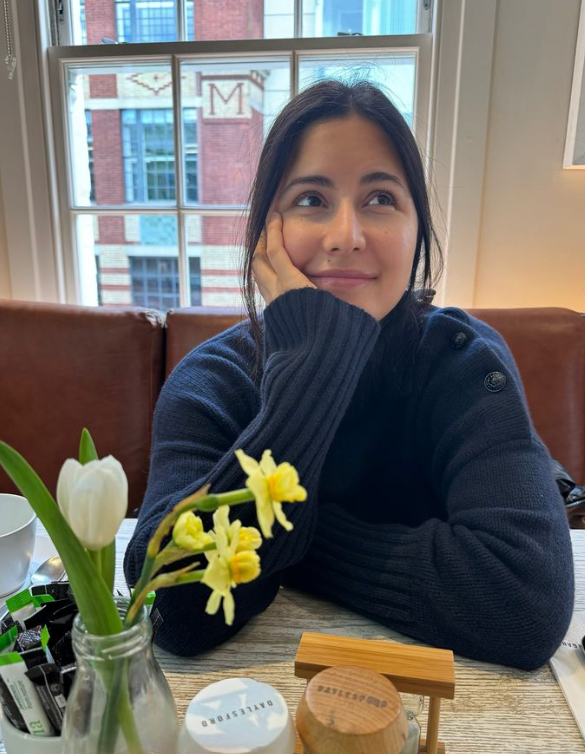In the realm of relationships, individuals often possess contrasting attachment styles. The four primary attachment styles — avoidant, anxious, disorganized, and secure — can coexist in diverse relationships. However, comprehending an individual’s attachment style and subsequently integrating them into a relationship without triggering distress demands significant concessions, empathy, and effort from both parties. Therapist Alex Bishop delves into the indicators of a disorganized attachment style in relationships and outlines key signs that aid our understanding.
Conflicting Signals: The disorganized attachment style, also known as the fearful-avoidant attachment style, manifests as a perplexing pattern where individuals oscillate between vulnerability and withdrawal, often leading to mixed messages in their relationships.
Intimacy Apprehension: Those with this attachment style grapple with a deep-seated fear of intimacy, making it challenging for them to express signs of closeness. Their profound aversion to vulnerability becomes a significant hurdle in building emotional connections.
Trust Issues: Past betrayals play a pivotal role in their difficulty trusting others, impeding their capacity to cultivate healthy relationships. This deep-seated mistrust extends to their partners, making it challenging to forge a bond built on faith.
Unpredictable Relationship Dynamics: Chaotic and unpredictable patterns define relationships with individuals possessing a disorganized attachment style. Their erratic behavior can range from extreme affection to sudden detachment, creating an unstable environment.
Abandonment Anxiety: Extreme dread of abandonment haunts them, leading to clinginess or neediness as they attempt to safeguard their relationships. Paradoxically, this fear may also prompt them to disengage entirely from their partners as a defence mechanism.
Emotional Turbulence: Regulating their emotions proves to be an uphill battle for them. Frequent episodes of anger, irritation, and abrupt mood swings are characteristic of their emotional landscape.
Inconsistent Communication: Maintaining a steady stream of communication is a challenge for individuals with a disorganized attachment style. Their interaction with their partner can be marked by sporadic bursts of intense conversation followed by prolonged periods of detachment.











